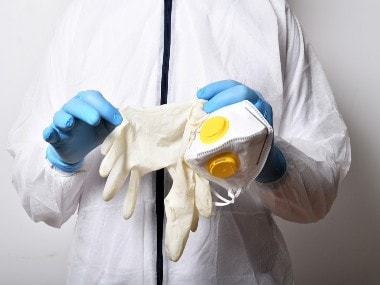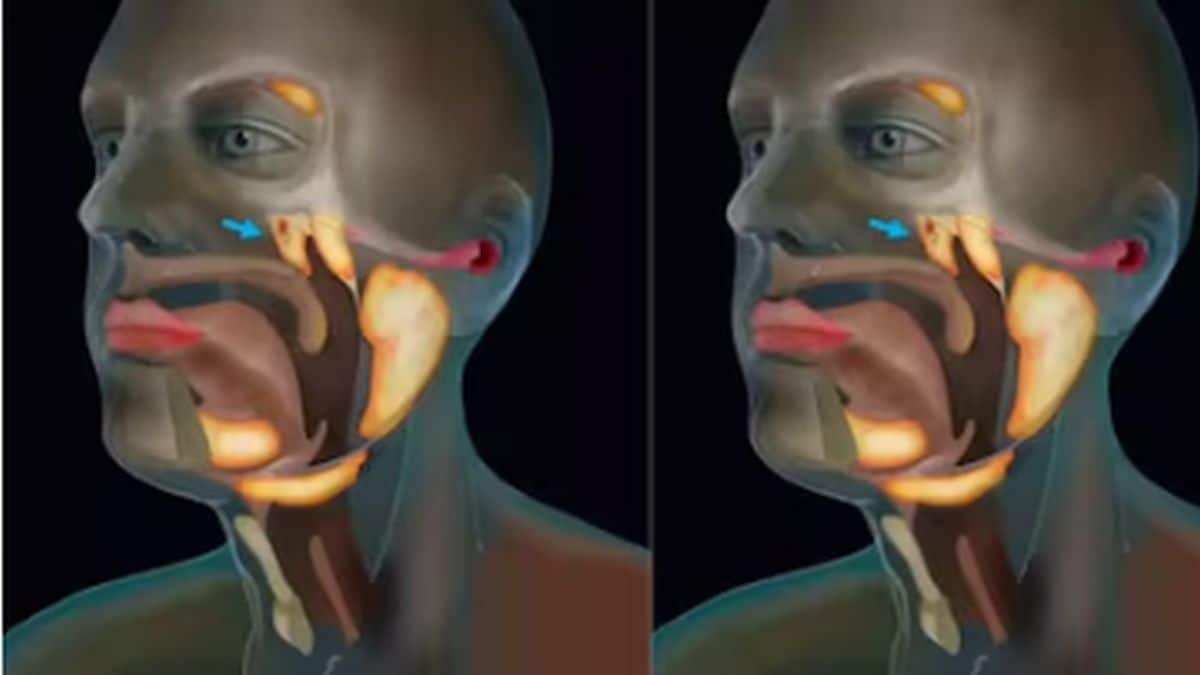Personal protective equipment (PPE) plays a huge role in reducing the risk of COVID-19 infection in healthcare workers. However, since the virus can stay on surfaces (including that of the PPE), it still poses a significant risk of contracting the disease while one puts on and takes off the equipment. Now, a team of researchers at the Indiana Center for Regenerative Medicine & Engineering, and the Department of Medical and Molecular Genetics, Indiana University School of Medicine, US say that electroceutical fabrics, if used to make PPE, can kill the COVID-19 causing virus in about a minute. Electroceuticals are usually devices that use electrical charges to treat or manage ailments. [caption id=“attachment_8183761” align=“alignleft” width=“380”]  Representational image. Image by leo2014 from Pixabay.[/caption] Electroceutical dressings are currently approved by the US Food and Drug Administration (FDA) for treatment of open clinical wounds and are commercialised by Vomaris Inc. The study is currently in the pre-print phase and is yet to be peer-reviewed.
The study
According to the study, the potential of a virus to cause infection depends on how stable its structure is. Various factors determine the structural stability of a virus - non-specific electrostatic interactions are one such factor. Viruses are intracellular parasites - they live inside healthy host cells and use their cellular machinery to make copies of themselves. A virus usually has an outer positively charged protein coat called capsid that wraps and protects a negatively charged DNA/RNA inside it. These charges have to be in balance for the virus to keep its structure intact and for it to be able to infect a host cell. The electroceutical fabric developed by the scientists at the Indiana School of Medicine creates a weak electric field that destabilises the viral electrical balance (and hence structure), making it unable to cause infection. The said fabric consists of polyester cloth with alternating dots of silver and zinc batteries that get activated on exposure to the moisture from the body to make tiny batteries that create the electric field. To further ensure the efficiency of the fabric, the team used an experimental control, a sham fabric, which was another polyester fabric without the metal dots. Then both the fabrics were made to come in contact with SARS-CoV-2 (the virus that causes COVID-19) in the lab.
Results
Samples obtained from the electroceutical fabric after 1 minute and 5 minutes showed a 2-fold and 4-fold decline in viral numbers. The recovered viruses from both the electroceutical and sham fabric were then tested for their infectivity (ability to infect) in a lab culture. It was found that the cultures with the virus from sham fabrics showed the usual cytopathic effects (CPE; changes in cell structure caused by a viral infection) which show up when SARS-CoV-2 infects a healthy cell. On the other hand, cells which were treated with the virus isolated from the electroceutical fabric did not show any CPEs, indicating that the virus had lost its infectivity. Chandan Sen, the director of the Indiana Center for Regenerative Medicine and Engineering and the lead author of the study pointed out the importance of this study in a press release. He said that this is the first-ever evidence indicating that we can use the physical characteristics of the SARS-CoV-2 virus to render it ineffective under a weak electric field generated by electroceutical fabrics. Mike Nagel, CEO Vomaris Inc, said that the results of this study are highly encouraging and hold great promise in controlling COVID-19 and other viral infections. The microcell battery can be embedded in a variety of fabrics and hence it has the potential to usher in a new way to think about PPE. For more information, read our article on PPE for different areas of the hospital. Health articles in Firstpost are written by myUpchar.com, India’s first and biggest resource for verified medical information. At myUpchar, researchers and journalists work with doctors to bring you information on all things health.


)

)
)
)
)
)
)
)
)



